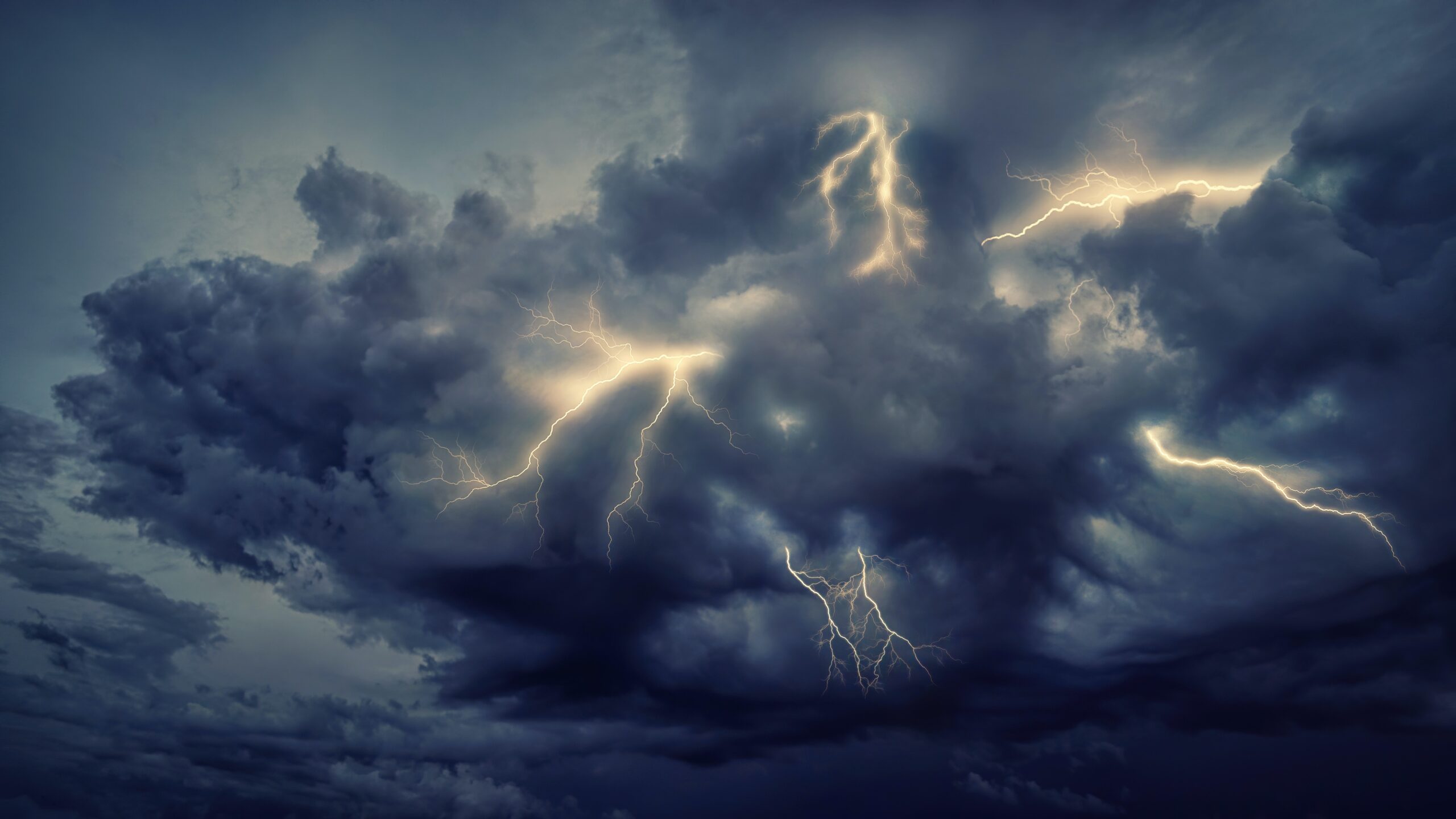Spring has sprung, and with the arrival of spring comes the threat of severe thunderstorms, hail, damaging winds, and even tornados. Do you know how to be prepared for these threats?
Not every storm is dangerous, but every storm has the potential to become dangerous and no thunderstorm should be dismissed. Thunderstorms have the potential for heavy rain, lightning strikes, power outages, wind damage, and more. To be prepared, you need to be informed. There are several ways in which to receive alerts on potential weather threats.
One of the most common ways to receive severe weather alerts is through IPAWS. Organized by FEMA, the Integrated Public Alert and Warning System (IPAWS) is the nation’s alert and warning infrastructure. It provides an effective way to alert and warn the public about emergencies using the Emergency Alert System (EAS), Wireless Emergency Alerts (WEA), NOAA (National Oceanic and Atmospheric Administration) Weather Radio All Hazards, and other public alerting systems from a single interface. IPAWS is used to send notifications for three alert categories—Presidential, AMBER, and Imminent Threat. You can find more information here.
Another way is with a weather radio. The NOAA Weather Radio (NWR) All Hazards, is a nationwide network of radio stations broadcasting forecasts, warnings, and emergency information 24 hours a day. It is a comprehensive weather and emergency information service available to the public. All-hazards messages include weather events, technological incidents like chemical spills, AMBER alerts, and national emergencies. NWR also broadcasts EAS notices. More information can be found here.
Severe alerts may be received by your cell phone without any special apps, but there are apps that you can use to keep aware of weather conditions and even receive lightening alerts. Your local National Weather Service (NWS) also posts weather information on apps like Facebook and Twitter. You can receive them by following your local NWS office (enter your zip code here).
Being prepared for spring and summer thunderstorms means being weather aware. Monitor the weather by one or more of these services. Weather radios can be programmed to only receive alerts for your county and specific certain weather events. Many of these radios also include battery backups so they will continue to operate even during a power outage.
The National Weather Service provides more information here, including the difference between watches and warnings. Make a plan, including where to go in your house to shelter from a storm, have flashlights handy with spare or rechargeable batteries, and have a way to monitor weather conditions, including an all clear if a severe thunderstorm or tornado warning is issued for your area.





